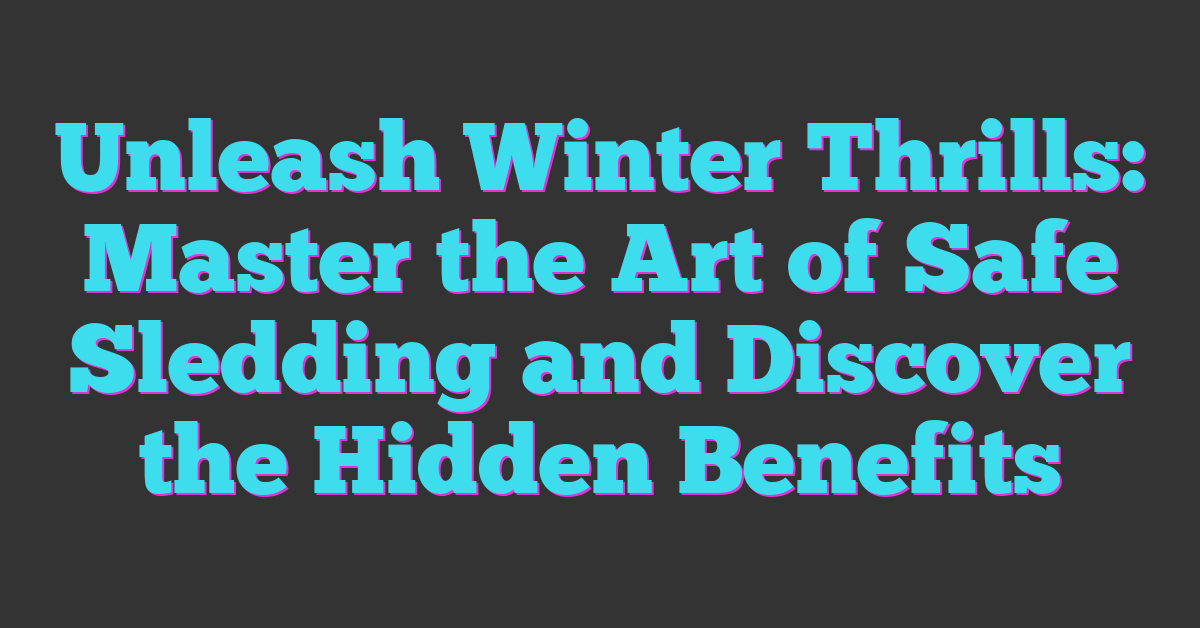Snowboarding is an exciting way to enjoy the slopes but getting your posture right can make all the difference. When your stance feels balanced and natural you’ll have more control and confidence riding down any hill.

Improving your posture isn’t just about looking good on the board—it helps prevent injuries and boosts your overall performance. Whether you’re just starting out or looking to sharpen your skills a few simple tweaks can help you ride smoother and longer.
In this article you’ll discover easy tips and exercises to enhance your snowboarding posture so you can focus on having fun and mastering every turn with ease.
Importance of Snowboarding Posture Improvement
You gain better balance and stability with improved snowboarding posture. Keeping your weight centered over the board lets you respond quickly to changes in terrain. You avoid unnecessary fatigue by distributing your body weight evenly, which helps you ride longer with less effort.
You increase control over turns and jumps by maintaining a consistent stance. A solid posture prevents you from leaning too far forward or backward, reducing the risk of falls. You boost your confidence on challenging slopes since good posture enhances your ability to navigate tricky sections safely.
You reduce the chance of common injuries like wrist sprains, knee strains, and back pain. Proper alignment supports your joints and muscles, lessening impact stresses. You prolong your snowboarding career by taking care of your body with correct posture in every session.
Common Posture Mistakes in Snowboarding
Identifying and correcting common posture mistakes sharpens your technique and keeps you riding smooth. Avoid these errors to make the most of your time on the slopes.
Forward Leaning
Leaning too far forward makes you lose balance and control. When your upper body pushes ahead of your board, you risk nosedives and reduced ability to absorb terrain changes. Keep your shoulders relaxed and aligned over your hips to maintain a balanced stance.
Stiff Upper Body
Tensing your upper body limits fluid movement and slows reaction time. Snowboarding demands flexibility—your arms and shoulders act as stabilizers. Relax your upper body to improve coordination and better respond to twists, turns, and jumps.
Unbalanced Weight Distribution
Placing too much weight on your toes or heels throws off your center of gravity. Balanced weight over the board’s midpoint offers more control and stability. Distribute weight evenly between feet to execute smooth turns and maintain speed without wobbling.
Techniques to Improve Snowboarding Posture
Improving your snowboarding posture boosts control and enjoyment on every run. Focus on alignment, strength, and flexibility to ride with confidence and grace.
Proper Stance Alignment
Start with your feet shoulder-width apart, centered over the board’s midpoint. Position your knees slightly bent and angle them toward your toes to absorb shocks. Keep your shoulders relaxed and aligned with your hips, facing slightly downhill. Avoid leaning too far forward or backward, which destabilizes your balance. Shift your weight evenly across both feet to maintain steady control on varied terrain.
Core Strengthening Exercises
Engage your core muscles to improve your posture and reduce fatigue. Planks and side planks build abdominal and lower back strength essential for stability. Russian twists and leg raises improve rotational control and balance. Incorporate these exercises three times a week to develop the endurance needed for solid riding posture.
Flexibility and Mobility Drills
Increase your range of motion with regular stretching to stay agile on the board. Focus on hip flexors, hamstrings, and lower back stretches to reduce stiffness. Dynamic moves like leg swings and torso rotations prepare your body for quick adjustments during turns and jumps. Consistent mobility training helps you maintain fluid movements and avoid injuries.
Equipment Tips for Better Posture
Choosing the right equipment supports your posture and enhances control on the slopes. Start with boots that fit snugly without causing discomfort, as loose boots reduce stability and make it harder to maintain a balanced stance. Opt for bindings that allow slight flex and adjustability, which help keep your weight centered over the board’s midpoint. Select a snowboard matched to your height, weight, and riding style; boards that are too long or too stiff make it difficult to stay aligned and react quickly. Wear properly fitted wrist guards and knee pads to protect joints and encourage confident, relaxed posture. Consider gloves with flexible cuffs to avoid restricting wrist movement, which contributes to smooth upper-body control. Regularly check your equipment for wear and proper setup, since damaged or poorly adjusted gear can directly affect your balance and increase injury risk.
Benefits of Improved Snowboarding Posture
Improving your snowboarding posture directly boosts your balance and stability, letting you carve turns and ride varied terrain with greater ease. Increased control over your board helps you land jumps more cleanly and navigate moguls confidently, cutting down the chances of falls.
Better posture cuts fatigue during long runs by efficiently distributing your weight and engaging core muscles. This means you can stay out on the slopes longer and maintain sharp reflexes throughout the day. Proper alignment also supports your joints and muscles, reducing strain on wrists, knees, and lower back during aggressive maneuvers or sudden stops.
Enhanced posture builds your confidence. When you feel balanced and in control, you take on new challenges like steeper runs or park features without hesitation. This positive feedback loop improves both your skills and enjoyment.
Improving your posture protects you from common snowboarding injuries by promoting safer movement patterns. It encourages relaxed shoulders, bent knees, and centered weight, which minimize unnatural twists or impacts. As a result, you stay healthier season after season.
Conclusion
By focusing on your posture, you’re setting yourself up for a smoother and more enjoyable ride every time you hit the slopes. Small adjustments can make a big difference in how you feel and perform.
Remember, snowboarding is as much about control and balance as it is about having fun. Keep practicing your stance and strengthening your core, and you’ll notice your confidence grow along with your skills.
With the right posture and gear, you’ll not only ride longer and safer but also take on new challenges with ease. Keep at it—you’ve got this!
















